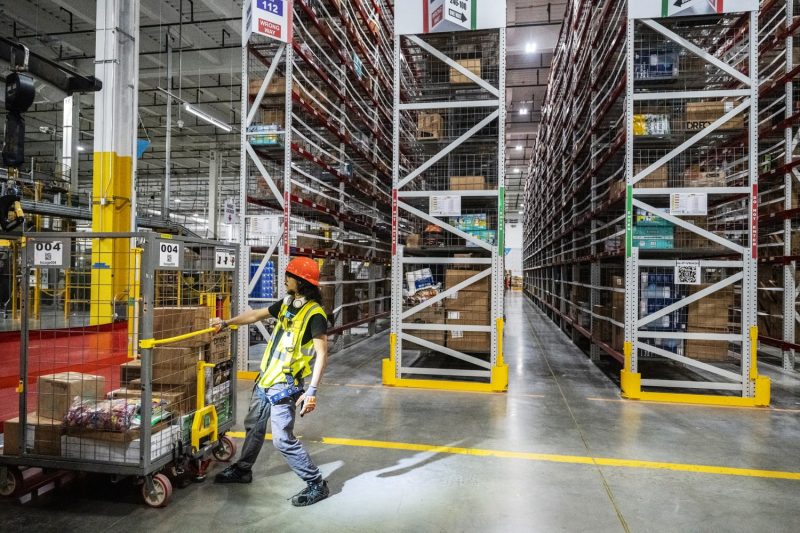
American Job Market Slightly Surpasses 4% Unemployment Rate as Economy Shows Signs of Slowing Down
The latest data released by the U.S. Bureau of Labor Statistics has shown that the unemployment rate in the United States has increased slightly to 4.3 percent. This uptick in the unemployment rate comes amidst signs of a broader economic slowdown and has raised concerns among economists and policymakers.
One of the key indicators of the economic slowdown is the labor force participation rate, which measures the proportion of the working-age population that is either employed or actively looking for work. The latest data shows that the labor force participation rate has remained relatively unchanged, indicating that the increase in the unemployment rate is not due to more people entering the labor market.
Another worrying sign is the increase in the number of long-term unemployed individuals. These are people who have been out of work for an extended period, typically six months or more. The latest data shows that the number of long-term unemployed individuals has risen, suggesting that jobseekers are finding it increasingly difficult to secure employment.
The slowdown in job creation is also evident in the latest job growth figures. While the U.S. economy continues to add jobs, the pace of job creation has slowed compared to previous months. This slower job growth can be attributed to a variety of factors, including geopolitical uncertainty, trade tensions, and a cooling housing market.
The manufacturing sector, which has been a significant driver of job growth in recent years, has also shown signs of weakness. Slowing global demand, disruptions in the supply chain, and uncertainty surrounding trade policies have dampened growth in the manufacturing sector. As a result, many manufacturers have scaled back their hiring plans, leading to a slowdown in job creation in this key sector of the economy.
In response to the signs of a broader economic slowdown, policymakers are closely monitoring the situation and considering potential measures to support economic growth and job creation. The Federal Reserve, for example, has indicated that it may consider lowering interest rates to stimulate economic activity.
In conclusion, the uptick in the U.S. unemployment rate to 4.3 percent signals a broader economic slowdown that is affecting various sectors of the economy. By closely monitoring key economic indicators and implementing targeted policy measures, policymakers aim to support job creation and sustain economic growth in the face of increasing headwinds.
